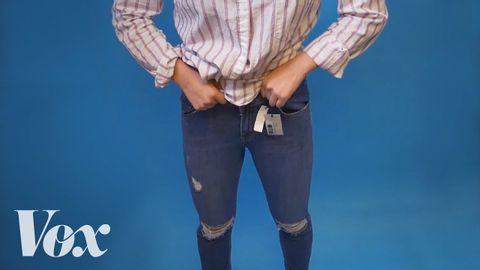女性の洋服のサイズが異常に小さい理由って?(Why women’s clothing sizes don’t make sense)
Reduu が 2018 年 12 月 26 日 に投稿  この条件に一致する単語はありません
この条件に一致する単語はありません- n. (c./u.)ミサ;大量;大半;群集;容量、容積
- v.t.集結させる : 集合させる : ひと塊にする
US /ˈsɛntʃəri/
・
UK /'sentʃərɪ/
- n. (c./u.)世紀;(クリケット)センチュリー;(ローマ軍)百人隊
US /ˈɡʌvənmənt/
・
UK /ˈgʌvənmənt/
エネルギーを使用
すべての単語を解除
発音・解説・フィルター機能を解除
